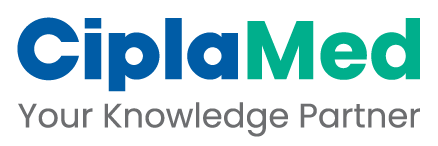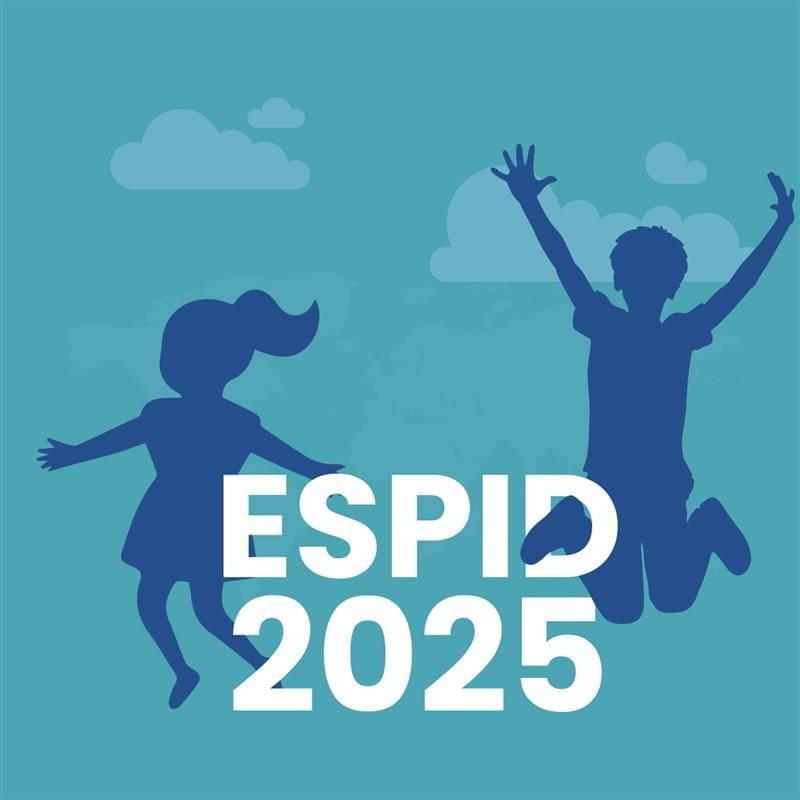ESPID 2025: Parallel Symposium 01: Are there any Differences in Childhood Infectious Diseases Across European Countries
New Perspective in Treatment and Prevention of RSV Infection at Children
Speaker: Susanna Esposito, Italy
Introduction:
RSV was identified as a common respiratory virus with symptom severity varying by age. Infants under 1 year were recognized as being at the highest risk for complications. A significant global burden was noted, with millions of lower respiratory tract infections and over 2 million hospitalizations reported annually. It was highlighted that most hospitalized infants were full-term and previously healthy. RSV-related hospitalizations were observed to follow a seasonal pattern—occurring from November to March in the Northern Hemisphere, June to September in the Southern Hemisphere, and during the rainy season in tropical regions.
Challenges in Prediction and Management:
It was reported that the prediction of severe RSV outcomes in infants remained unclear. Hospitalization rates were found to be similar regardless of birth timing within or outside the RSV season. RSV infection was associated with wheezing and asthma, with 75% of hospitalized infants developing wheezing and 25% experiencing recurrent episodes. Standard treatment was described as supportive, involving hydration and oxygen, while corticosteroids were reserved for complications.
Preventive Therapies and Development:
Although antiviral development was noted, the focus was said to have shifted toward prevention. Palivizumab was cited as the first preventive option, used primarily in high-risk infants. New preventive strategies were categorized as infant vaccination, monoclonal antibodies (mAbs), and maternal immunization. Each approach was acknowledged for having specific limitations—infant vaccination by age at administration, mAbs by timing of delivery, and maternal immunization by antibody waning and seasonal mismatch.
Monoclonal Antibodies: Efficacy and Use:
Monoclonal antibodies were described as targeting the RSV F protein. Nirsevimab and Clesrovimab were noted for extended half-lives and single-dose protection. Nirsevimab was shown to be cost-effective and demonstrated 79–86% efficacy in reducing severe lower respiratory tract infections and PICU admissions. Regulatory approval for Nirsevimab was granted by both the FDA and EMA for infants under 8 months, and high-risk infants aged 8–19 months.
Real-World Impact:
Successful implementation was documented in several regions:
- In Galicia (Spain), high coverage (88–96%) was achieved, with hospitalization reductions approaching 90%.
- In Valle d’Aosta (Italy), favorable outcomes were noted despite infrastructural limitations.
- In Tuscany, a 95% reduction in hospitalizations was achieved following a coordinated public health campaign.
- In Lazio, delays in rollout were associated with preventable hospitalizations.
Cost and Parental Acceptance:
Cost-effectiveness modeling in the UK/Scotland suggested an optimal threshold of €80–85 for mAbs. Despite actual costs being higher, overall reductions in hospital stays, parental work loss, and broader societal benefits were reported to justify investment. Monoclonal antibodies were also noted to be preferred by parents over vaccines.
Maternal Immunization:
Coverage of maternal RSV vaccination in 2023 was estimated at 30% in the US and 60% in Argentina. Effectiveness in Argentina ranged from 71–78%, with a 70% reduction in severe LRTIs. Benefits were reported to last up to 6 months. Barriers to uptake included seasonality, lower coverage, and delayed implementation.
Comparative Efficacy of New Monoclonals:
Clesrovimab was shown to achieve >90% efficacy at 150 days and was effective against RSV-A and B. In phase 2b/3 trials involving over 2,000 infants, high efficacy and safety were observed. The SMART study found Clesrovimab to be comparable to palivizumab in high-risk populations.
Conclusion:
RSV was confirmed as a major cause of infant hospitalizations and long-term respiratory conditions. A paradigm shift toward universal prevention using monoclonal antibodies and maternal immunization was described. Monoclonal antibodies were emphasized for their cost-effectiveness, broad coverage, and parental acceptance. Integration of both preventive strategies was suggested to provide the greatest public health benefit.
ESPID 2025, 26-30 May, Bucharest



